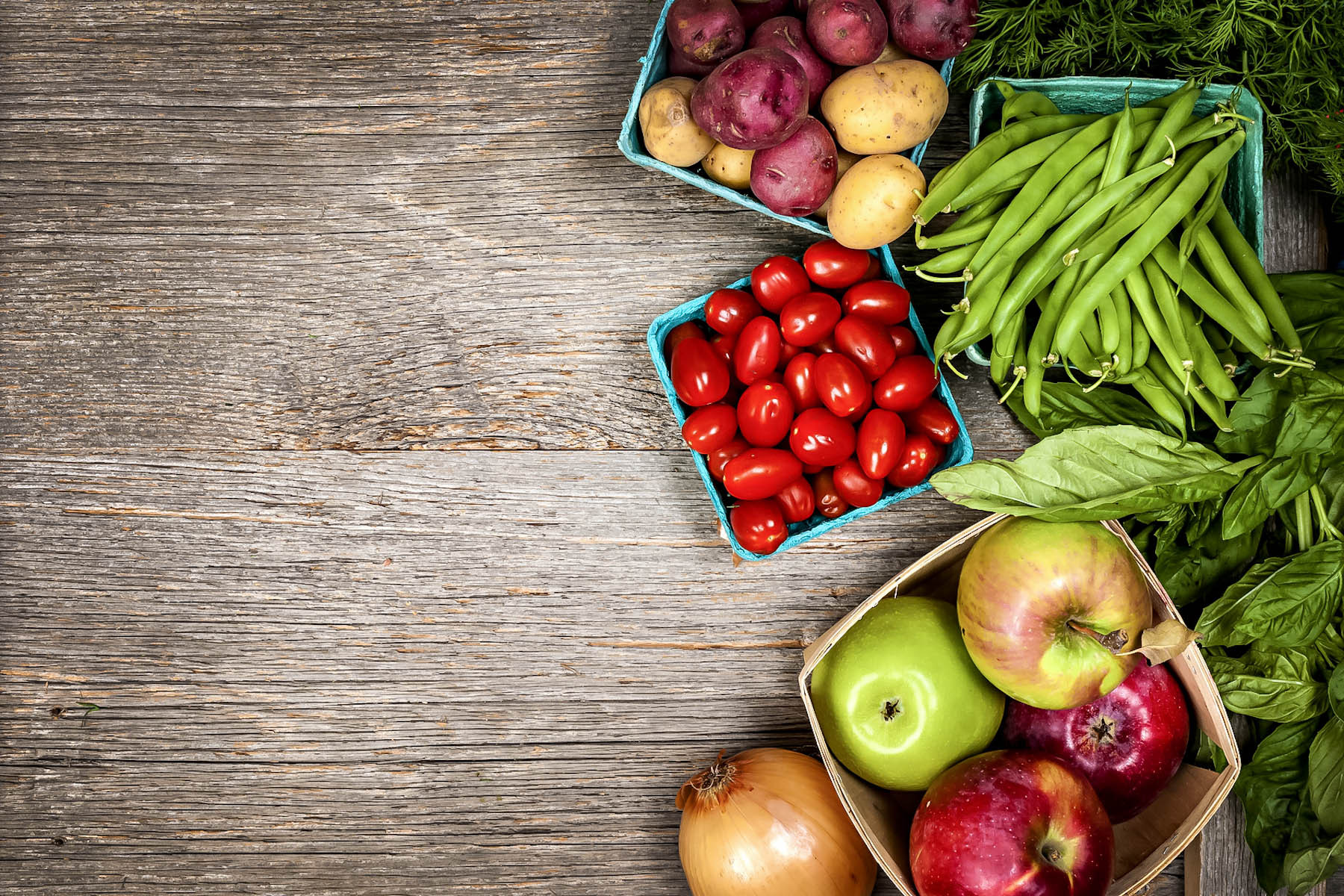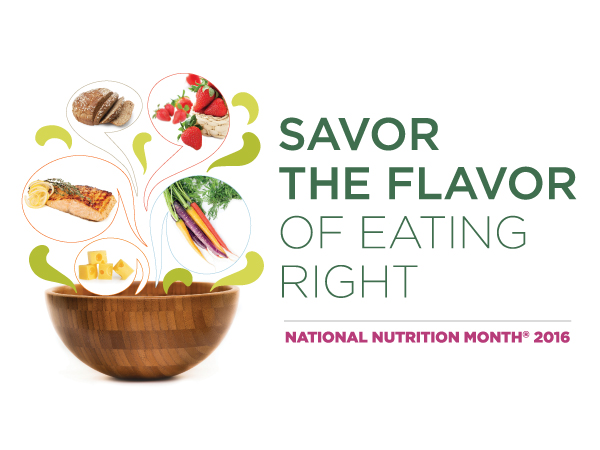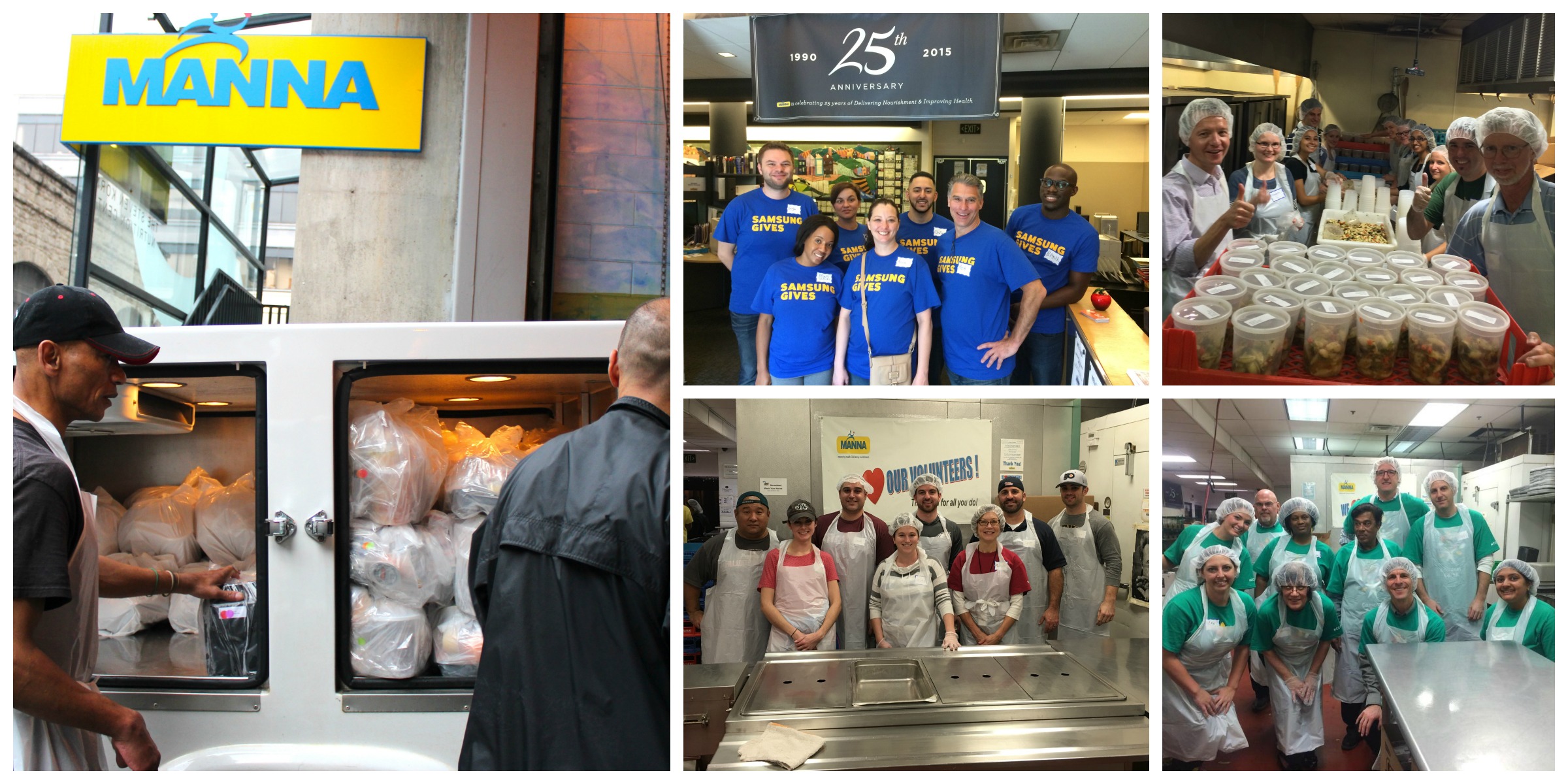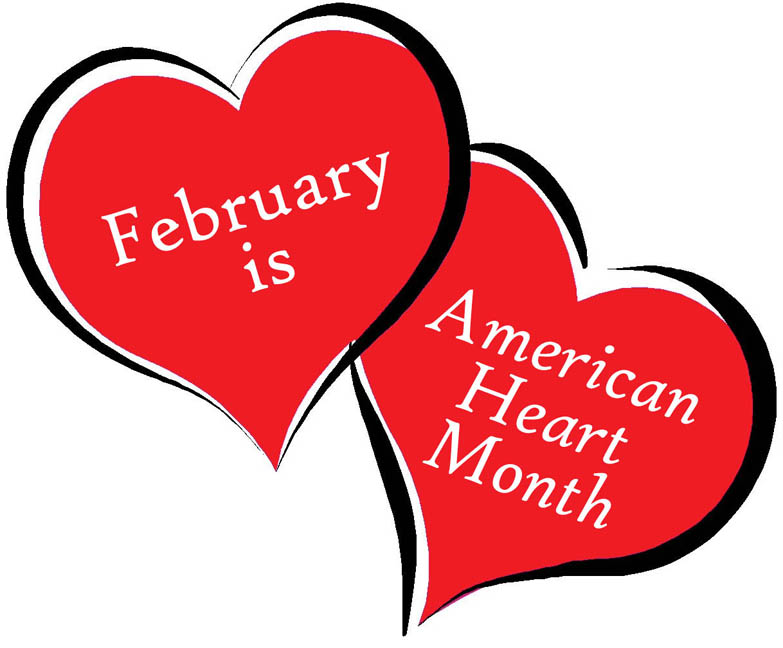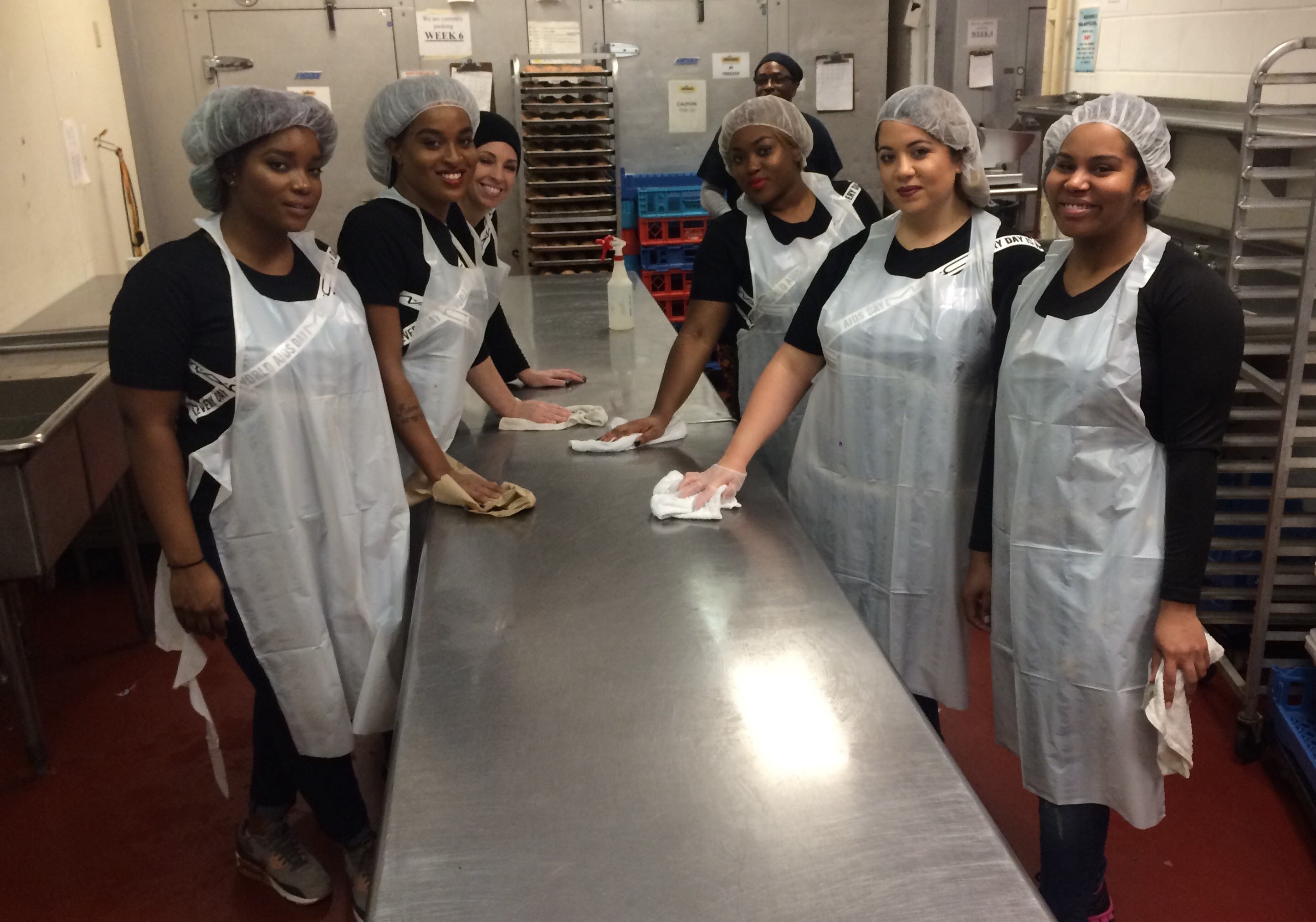June is not only a time for warm weather, summer vacation and soaking up the sun, it is also a great time to celebrate National Fresh Fruit and Vegetable Month! At MANNA, we take advantage of all the delicious seasonal produce this month has to offer and you can too. With the change of seasons, you might notice more local farmers markets and produce stands setting up shop in your neighborhood. Purchasing produce in season allows you to savor the flavor and save money as these items do not go bad as quickly compared to produce not in season. The more fruits and veggies the better! So what are the benefits of fresh produce? Let us discuss!
There are numerous health benefits to consuming fresh fruits and vegetables as they are lower in calories and are nutrient dense compared to most processed meal and snack items. More specifically, fruits and vegetables are packed with vitamins and minerals which help build a strong immune system. They are excellent sources of fiber which is needed to regulate digestion and help lower cholesterol. Consuming a diet rich in fruits and vegetables is also linked to maintaining a healthy weight, preventing chronic illnesses such as: heart disease, stroke, diabetes, and certain cancers.
It is never too late to start eating more fruits and vegetables! If this means doubling your portion of vegetables at meal time, trying a new fruit, or packing a fruit or vegetable for a quick healthy snack on the go, the health benefits are endless. The standard serving size of fruit is considered 1 medium fruit (size of a baseball), or ½ cup of chopped fruit or berries. The standard serving of a vegetable is considered 1 cup of leafy greens (size of fist), or ½ cup of any other chopped vegetable. The recommended daily intake for fruits and vegetables varies depending on age, gender, and activity level. For adult women the recommended daily intake of fruits is between 1 ½ to 2 cups per day and men 2 cups per day. The recommended daily intake of vegetables for women is between 2 to 2 ½ cups and men between 2 ½ to 3 cups per day.

The produce in season in June includes the following:
|
|
|
While this blog emphasizes the importance of fresh being the best, remember that frozen or canned fruits and vegetables are also beneficial to your health. When purchasing these items make sure to check the front label for products lower in sodium and added sugars. Here’s to fruits and veggies!
Follow the links below for additional resources, tips and recipes:
- For tips for consuming more fruits and vegetables as well as recipes, click here.
- For a database to help locate farmers markets near you, click here. Some of these markets are open year round while others are only open on certain days and times. Take notice to Philly Food Bucks on this site and how you are rewarded for using your SNAP card to purchase produce.
- If it’s in your budget, Philly Magazine did an excellent job summarizing the details of share programs in the city. Click here to view.
